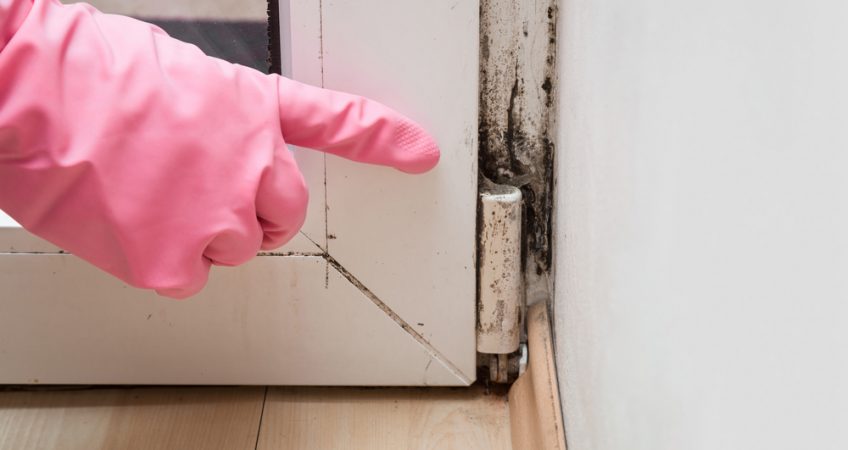Mold is a common type of fungus with a reputation for making people ill. That reputation isn’t entirely unfounded either, since certain types of toxic mold can make you ill. It can also damage structures and lower your property value, making mold an all-around headache for home and property owners. Luckily, there’s plenty you can do to control mold growth in your home, including these simple and effective steps.
Eliminate Water Sources
Mold prefers moist and dark environments. That makes many rooms of your home the perfect place to grow. As such, if you had a pipe leak, always make sure it is replaced correctly. Be sure to allow the ceiling, carpet, and other areas to dry out completely before you install new sheetrock as well. You should also regularly check your bathtubs, water heaters, windows and window seats, and attic for mold as well. Keep an eye out for spongey walls, and sprinklers pointed directly at the house as well.
Open Windows
If you do happen to notice mold and mildew, be sure to ventilate the room. You may want to use a plastic sheet to cover the door, however, and cover your furniture to contain airborne spores. It’s also wise to clean the mold around a window as quickly as possible as it could spread to the sheetrock and flooring.
Use Mold Cleaners
Day-to-day cleaners are often not enough to kill mold at the source. If you have a recurring mold problem, we suggest using a mold cleaner specific to the surface you’re dealing with. If sheetrock or wood, be prepared that you may need to replace the material as well. Plan ahead, and make sure to use “mold proof” paint in bathrooms and other mold-prone areas.
Dehumidifiers
Basements tend to be areas of the home where mold growth is prominent. Consider using dehumidifiers in the basement to control the amount of moisture there. When using humidifiers for head colds, make sure to air out the room after use.
Watch for Illness
When a home has a high level of mold, it is common for occupants to experience problems with breathing, headaches, and unexplained illness. If the symptoms disappear when you go outside the home and breathe fresh air, it’s one sign that may indicate mold. Do a visual check, including hard to see or seldom accessed areas. Use your nose too, paying attention to damp or mildewy scents. If you’re still not sure whether or not your home has mold, it might be wise to call a mold specialist in your area. They can test your home and generally provide cleaning services as well. If you’re in Utah, then look no further. AEI Decon is happy to help with your mold removal concerns, and we even offer free consultations. Give us a call at (801) 888-6698.

